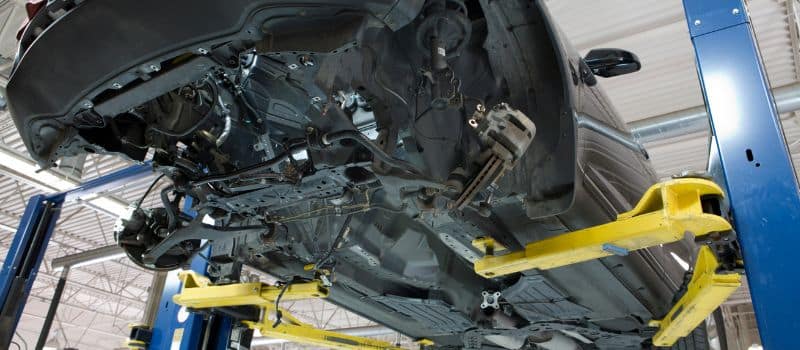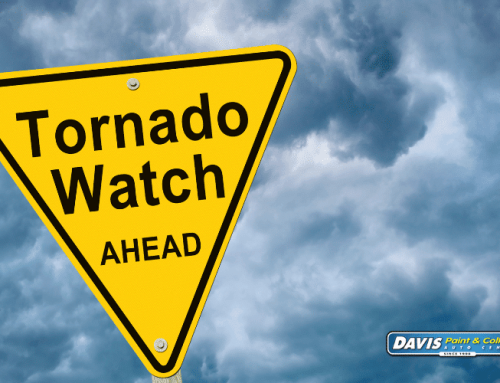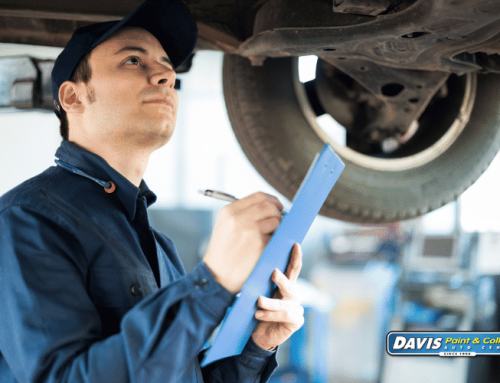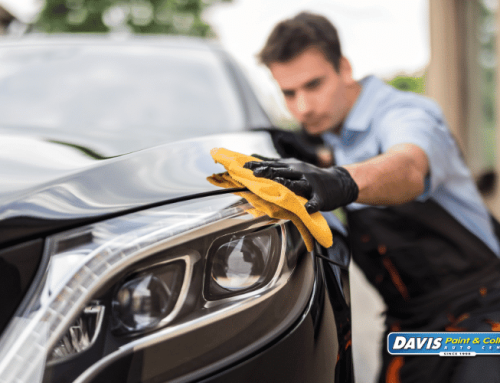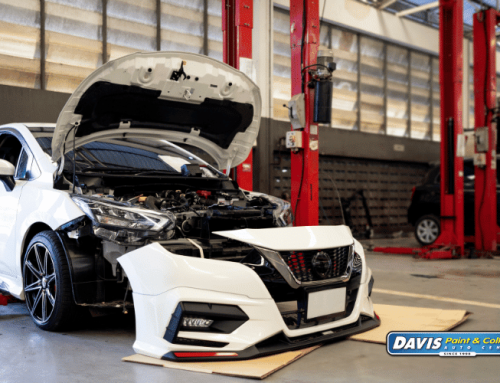A car accident, even a minor one, is a jarring experience that leaves an indelible mark on our memories. In the moments that follow, amid the exchange of information, insurance details, and the sheer adrenaline rush, it’s easy to overlook the full extent of the damage inflicted upon your vehicle. What meets the eye may seem like the entire story, but the truth is, it often isn’t.
In this article, we will delve into a crucial aspect of post-accident diligence: the art of uncovering hidden damage after a car accident. While the visible damage may be immediately apparent, it’s the hidden damage lurking beneath the surface that can have far-reaching consequences – not only for your vehicle but also for your safety and financial well-being.
The Visible vs. Hidden Damage Dilemma
In the wake of a car accident, our immediate attention is naturally drawn to what’s visible – the crumpled fender, shattered glass, or dented doors. These are the telltale signs of a collision, and they demand our immediate consideration. However, the apparent damage only tells part of the story.
- Visible Damage: This category includes the readily observable effects of the accident – the bent metal, shattered windows, or displaced bumpers. These are the aspects of damage that catch our eye, and they often serve as the initial focal point for insurance claims and repair estimates.
- Hidden Damage: Hidden damage, on the other hand, refers to the less evident consequences of a collision, lurking beneath the surface of the vehicle. This category encompasses a range of issues, from structural damage and mechanical impairments to electrical malfunctions. Hidden damage is not immediately visible and may only become apparent as time passes or when specific systems fail.
Common Types of Hidden Damage
Hidden damage comes in various forms, and its consequences can be wide-ranging. In this section, we’ll delve into some of the most common types of hidden damage that may lurk beneath the surface after a car accident:
- Structural Damage: One of the most critical forms of hidden damage is structural damage to your vehicle’s frame or chassis. Even a seemingly minor collision can result in misalignments or structural weaknesses that compromise your vehicle’s overall stability and safety. Identifying and addressing structural damage early is essential to ensure your vehicle’s structural integrity.
- Mechanical Damage: Car accidents can impact various mechanical components, from the suspension and steering system to the drivetrain and engine. Hidden mechanical damage may not manifest immediately but can lead to performance issues, unusual noises, or even breakdowns if left unattended.
- Electrical System Issues: Modern vehicles are equipped with intricate electrical systems that control everything from airbags to entertainment systems. Hidden electrical damage can disrupt these systems, leading to malfunctions or safety concerns. Diagnosing and repairing electrical damage is critical for vehicle safety and functionality.
- Fluid Leaks: After an accident, it’s essential to check for fluid leaks, such as engine oil, transmission fluid, or brake fluid. Hidden leaks may not be visible on the ground but can indicate damage to vital vehicle components. Neglecting fluid leaks can lead to mechanical failures or safety hazards.
- Alignment Problems: A seemingly minor collision can throw off your vehicle’s wheel alignment. While this might not be immediately noticeable, it can lead to uneven tire wear, reduced fuel efficiency, and compromised handling. Correcting alignment issues is crucial for the long-term health of your vehicle.
- Interior Damage: In some cases, hidden damage can extend to the vehicle’s interior, affecting safety features like airbags or causing structural damage that isn’t immediately apparent. A thorough inspection of both the exterior and interior is essential.
The Role of Expert Inspection
Spotting hidden damage after a car accident isn’t merely a matter of visual assessment; it requires the expertise of trained professionals armed with specialized tools and diagnostic equipment. Here’s why the involvement of certified technicians is crucial:
- Specialized Tools and Equipment: Certified technicians have access to advanced diagnostic tools and equipment that go beyond what the eye can see. These tools, such as 3D laser scanners, digital X-ray systems, and computer-aided repair planning (CARP) software, allow technicians to delve beneath the surface and uncover hidden damage accurately.
- Expertise and Training: Certified technicians undergo rigorous training and certification processes, equipping them with the knowledge and skills to identify various types of hidden damage. Their expertise extends to structural, mechanical, electrical, and safety systems, enabling them to conduct comprehensive inspections.
- Systematic Inspection Process: Certified technicians follow a systematic inspection process, ensuring that no potential hidden damage goes unnoticed. They conduct thorough assessments of both visible and hidden areas, considering the vehicle’s entire scope, from the frame and body to internal systems.
- Safety and Insurance: The involvement of certified technicians not only ensures the accurate identification of hidden damage but also enhances safety and insurance considerations. Proper documentation and reporting of hidden damage are essential for insurance claims and the safety of vehicle occupants.
- Preventive Measures: Beyond identifying hidden damage, certified technicians can recommend preventive measures to mitigate further issues. Their insights can help you address hidden damage promptly, preventing safety risks and reducing repair costs in the long run.
Conclusion
As we conclude our exploration of spotting hidden damage after a car accident, one truth remains abundantly clear: in the aftermath of a collision, the distinction between visible and hidden damage is pivotal. While the naked eye can identify some of the damage incurred, it is the hidden issues, concealed beneath the surface, that pose a potential threat to safety, vehicle integrity, and peace of mind.
At Davis Paint & Collision, we are equipped not just to scratch the surface but to take a deep dive into hidden damage, effectively identifying and addressing issues that may otherwise remain concealed. Our certified technicians possess the expertise to recognize various types of hidden damage, from structural and mechanical to electrical and beyond. Armed with state-of-the-art equipment, we ensure that your vehicle’s health is assessed comprehensively.
When you choose Davis Paint & Collision for your post-accident needs, you’re choosing more than just a repair shop; you’re choosing a commitment to your safety and satisfaction. We go the extra mile to provide you with a complete, accurate, and effective repair, leaving no hidden damage unattended.


